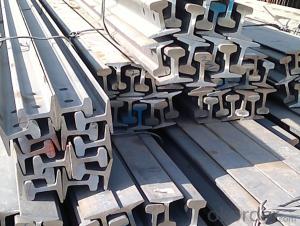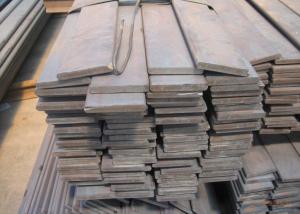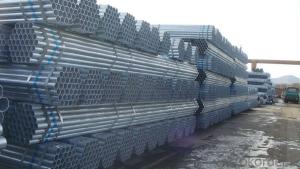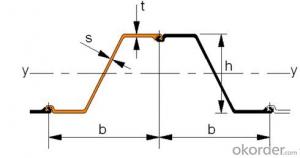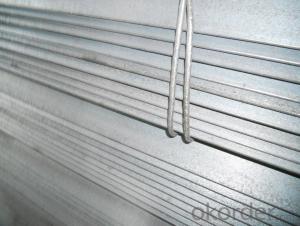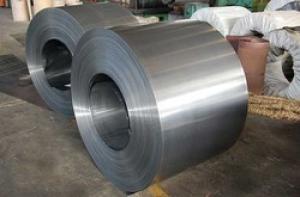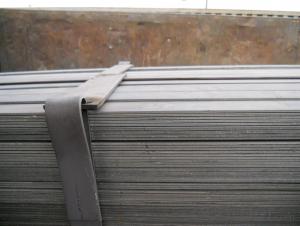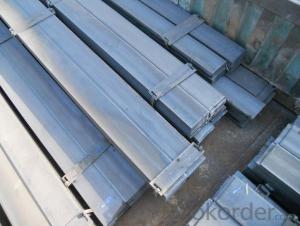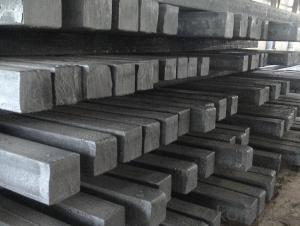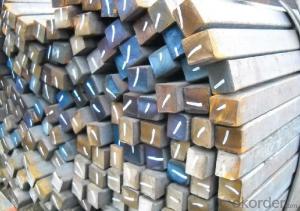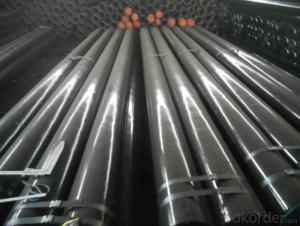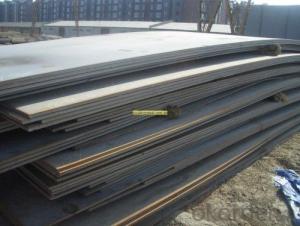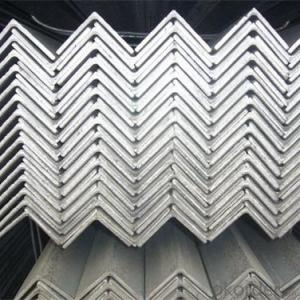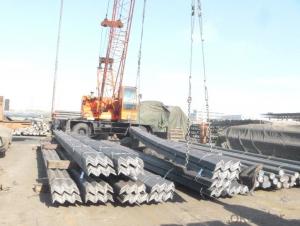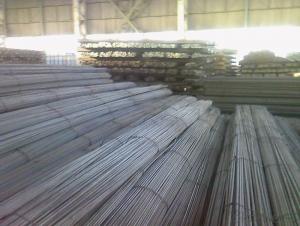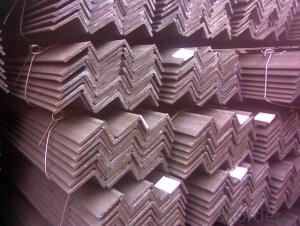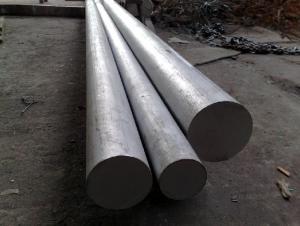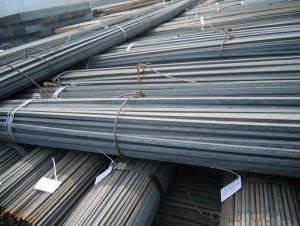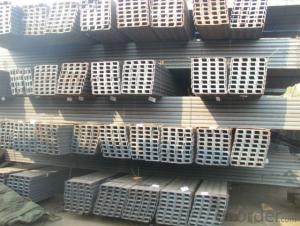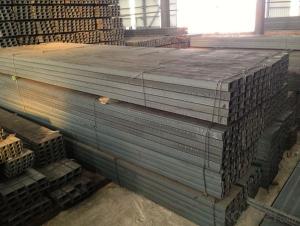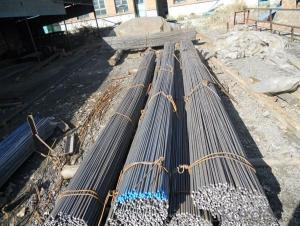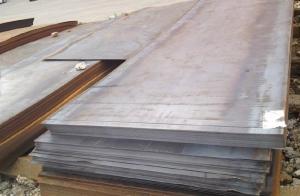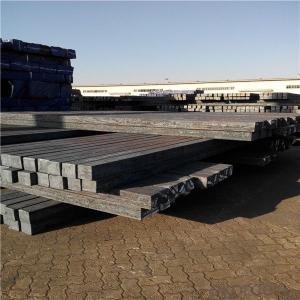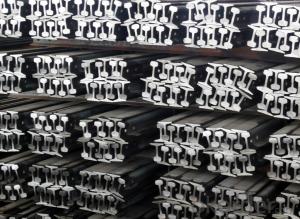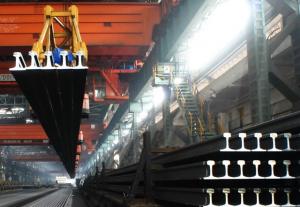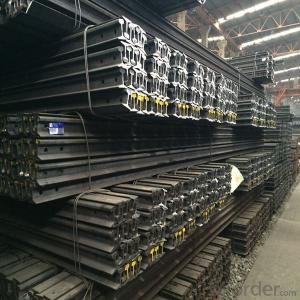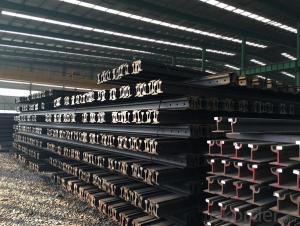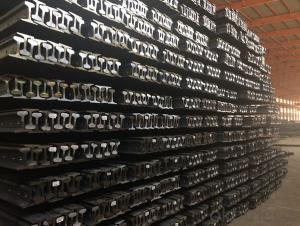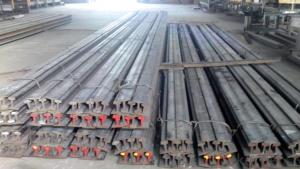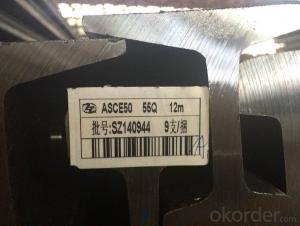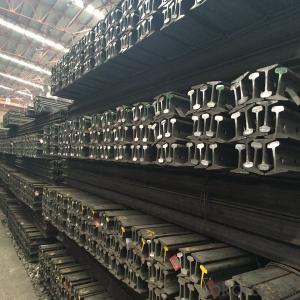Hot Rolled Mild Steel
Hot Rolled Mild Steel Related Searches
Hot Rolled Steel Cold Rolled Steel Hot Rolled Steel Plate Hot Rolled Steel Price Hot Rolled Steel Prices Hot Rolled Steel Futures Cold Rolled Steel Plate High Speed Steel Bilstein Cold Rolled Steel Hot Dipped Galvanized Steel Us Hot Rolled Coil Hot Rolled Pickled Coil Hot Rolled Coil Steel Prices Hot Rolled Coil Steel Price Hot Rolled H Beam Hot Dip Galvanized Steel Hrc Hot Rolled Coil Cold Rolled Steel Price Hot Rolled Coil Hrc Hot Rolled Coil China Meps Hot Rolled Coil Sunsirs Hot Rolled Coil Hot Rolled Coil Process Cold Rolled Steel Prices Hot Rolled Coil Suppliers 4Mm Mild Steel Round Bar Weld Galvanized Steel Hot Rolled Coil Malaysia Hot Rolled Coil Futures Hot Rolled Coil PriceHot Rolled Mild Steel Supplier & Manufacturer from China
Hot Rolled Mild Steel is a type of steel that is widely used for various applications due to its excellent strength and ductility. This product is made by rolling steel at high temperatures, which results in a rough surface finish and a lower cost compared to cold-rolled steel. The process of hot rolling allows for the creation of a wide range of shapes and sizes, making it a versatile material for construction, automotive, and manufacturing industries.Hot Rolled Mild Steel is commonly used in applications where a combination of strength and formability is required. It is ideal for structural components, such as beams, columns, and frames, as well as for automotive parts like chassis, body panels, and suspension systems. Additionally, it is utilized in the fabrication of heavy machinery, agricultural equipment, and various other industrial products. The material's properties make it suitable for welding, cutting, and forming, which further broadens its range of applications.
Okorder.com is a leading wholesale supplier of Hot Rolled Mild Steel, offering a vast inventory of this product to cater to the diverse needs of customers. With a commitment to quality and customer satisfaction, Okorder.com ensures that the Hot Rolled Mild Steel supplied meets the highest industry standards. By maintaining a large inventory, the company is able to provide quick turnaround times and competitive pricing, making it a reliable source for businesses looking to purchase this essential material.
Hot Products
